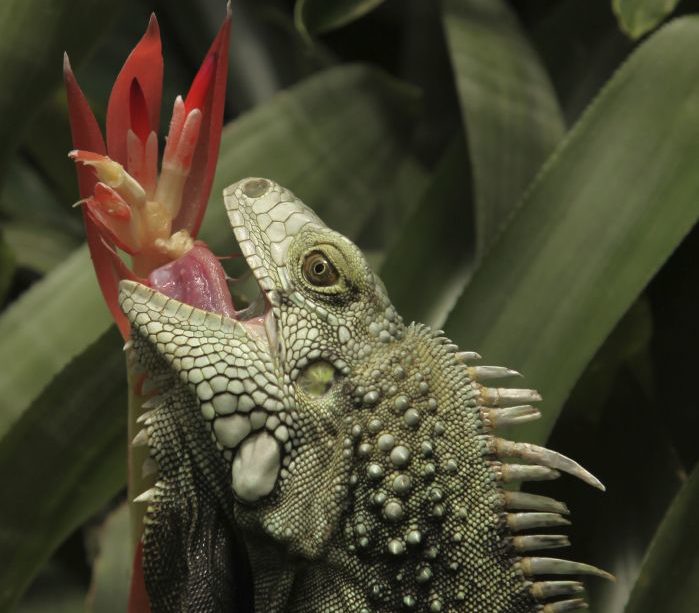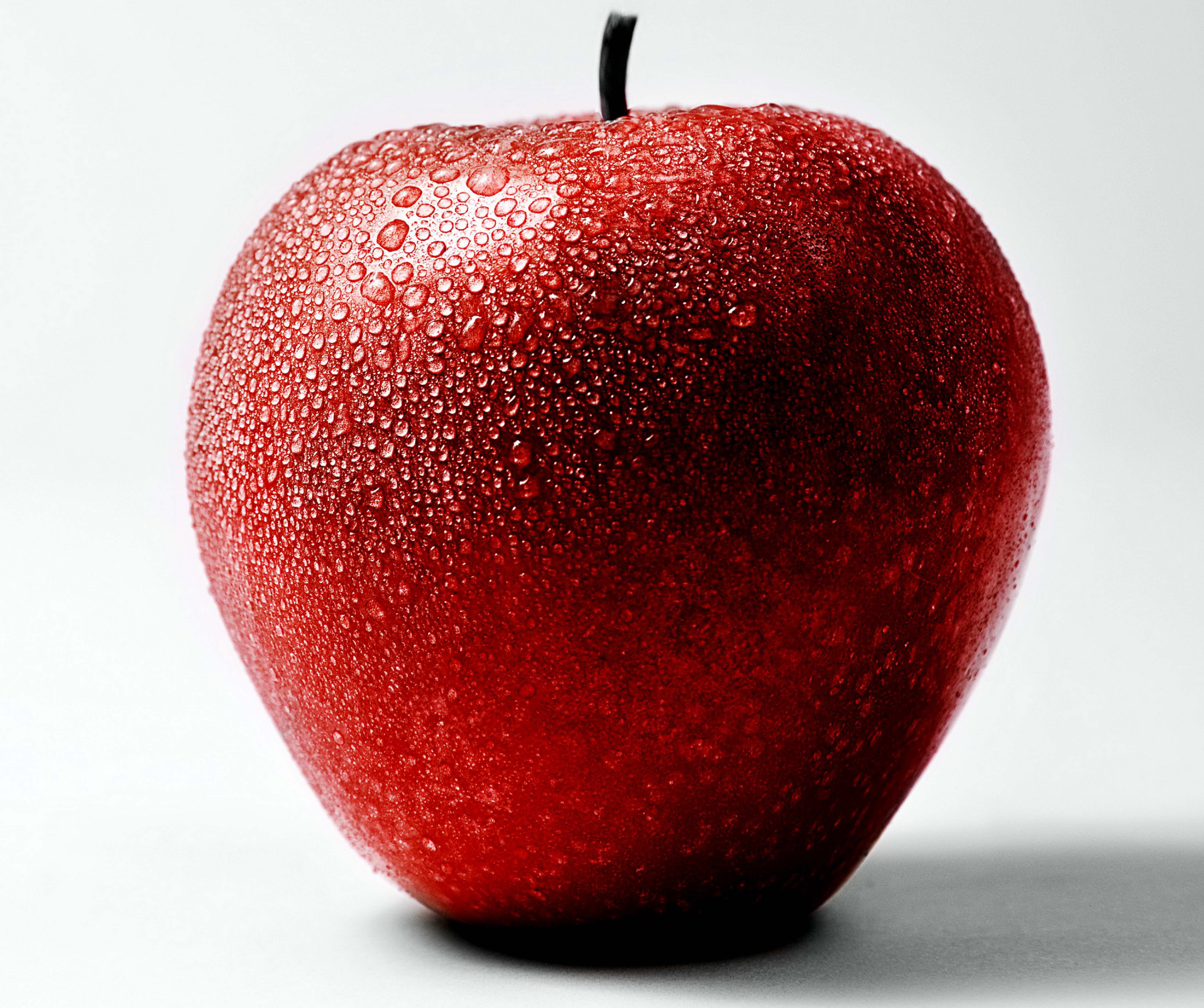Iguana diet. So, what do iguanas eat (and, what don’t)? This is a simple, and complete, healthy feeding guide (with food chart and list) for your iguana. Most of these foods need to be given occasionally but also moderately and no overfeeding (I think we can’t stress this enough).
First, for visual types, we’ll repeat our green iguana diet infographic:

Feel free to share this Infographic on your site!
One thing to have in mind – even though iguanas have sharp teeth, they don’t chew their food, they gulp it. That’s why you need to chop, grate it or shred it. Mix it thoroughly (like a salad), so that iguana won’t be able to just pick some kind of preferred food and avoid other ingredients.
Overall iguana diet should fulfill this condition: Calcium to Phosphorous ratio to be around 2:1
But, don’t forget that variety is also important. You can not just stick to one set of foods and feed the ig with it every day. Bad nutrition leads to many of common diseases of iguana which may be fatal for your pet (and certainly will cause pain an misery). Often, calcium + vitamine D3 supplements are necessary.
Feed your iguana every day, in the morning. Basically, you can’t overfeed it, since he will know when to stop. On the other had, iguana doesn’t know what is good for him – he will eat whatever you give him (as long as it look edible), so it’s up to an owner to responsibly pick best diet for iguana.
Food should be easily accessible, placed in coolest part of the enclosure, in some bowl, heavy enough that can’t be overturned easily. Don’t forget to put water in separate bowl. Yes, iguanas drink water as well.

Note that main diet or basic food should be given in turn with different combinations with other fruit/vegetables. This is the crucial condition to have healthy iguana, which will grow to its full size (check out our article about how big do iguanas grow.) The information below makes it easy for you to know the super food to grow a healthy iguana.
In order to make it easier to follow, we divided food into four groups:
STAPLE – A base diet for the iguana (but do not forget to variate with other super foods). In the table below you’ll find staple food labeled as ‘[1] STAPLE’, in order to allow easier sorting.
OCCASIONAL – Food that needs to be given moderately. Avoid overfeeding at all costs. It may cause severe health problems for your pet. Combine it with basic foods (several times a month) and make a balanced mix.
TREAT – This is good for iguana as a snack. Some of these foods fall into the usual diet but most of the food needs to be given occasionally.
COLOR ENHANCER & FLAVOR – Only occasionally added to a balanced diet to make the food served more delicious and appealing to the iguana’s taste.
Now, here comes the ‘ultimate’ iguana food table with more than 80 vegetables, fruits, greens. I didn’t want to clutter it with detailed nutrition values, except Ca:P ratio, since they will be mostly contained in the comment about how often iguana can be fed with. Remember that, if you can’t achieve optimal 2:1 ratio, you should apply Calcium supplement. As already stated, Ca:P ratio is NOT the only criteria whether the food is good or bad. Some foods are rich in oxalate which can cause bladder stone (spinach for example). Keep it various.
Tip: convenient way to enhance iguana’s diet is to give it “expanded” rabbit pellets (sprayed with water and let to expand). Remember, when picking this type of food, make sure that it contains alfalfa. This is a good way to provide necessary vitamins and minerals, but, as stated above – don’t overuse it.
Now, let’s go back to our food table. Click on column headers in order to sort them and get more readable data. For example, you can sort by Ca:P ratio to see the best foods according to this important factor. Click on the Comment label to sort foods by how often you can feed iguana.
| Name | Ca/P ratio | Comment | Type |
|---|---|---|---|
| Acorn Squash | 0.9 | [1] STAPLE | VEGETABLES |
| Alfalfa | 0.5 | [1] STAPLE | GREENS |
| Apple With Skin | 0.5 | [2] OCCASIONAL | FRUIT |
| Apple Without Skin | 0.5 | [2] OCCASIONAL | FRUIT |
| Apricots | 0.6 | [2] OCCASIONAL | FRUIT |
| Arugula | 3.1 | [2] OCCASIONAL | GREENS |
| Asparagus | 0.5 | [2] OCCASIONAL | VEGETABLES |
| Bananas | 0.2 | [3] TREAT | FRUIT |
| Basil | 2.2 | [2] OCCASIONAL | GREENS |
| Beet Greens | 2.9 | [2] OCCASIONAL | GREENS |
| Beets | 0.4 | [2] OCCASIONAL | VEGETABLES |
| Bell Peppers | 0.5 | TASTE/COLOR ENHANCER | VEGETABLES |
| Blackberries | 1.3 | [2] OCCASIONAL | FRUIT |
| Blueberries | 0.5 | [2] OCCASIONAL | FRUIT |
| Bok Choy/Bok Choyi/Pak Choi | 2.8 | [2] OCCASIONAL | VEGETABLES |
| Boston/Bibb/Butterhead Lettuce | 1.1 | RARELY OR NEVER | GREENS |
| Broccoli | 0.7 | [2] OCCASIONAL | VEGETABLES |
| Brussels Sprouts | 0.6 | [2] OCCASIONAL | VEGETABLES |
| Butternut Squash | 1.5 | [1] STAPLE | VEGETABLES |
| Cabbage, Green | 1.5 | [2] OCCASIONAL | VEGETABLES |
| Cabbage, Red | 1.5 | [2] OCCASIONAL | VEGETABLES |
| Cactus Pad/Nopal Cactus Leaf | 10.2 | [1] STAPLE | GREENS |
| Cantaloupe | 0.6 | [2] OCCASIONAL | FRUIT |
| Carrots | 0.9 | [2] OCCASIONAL | VEGETABLES |
| Cauliflower | 0.5 | [2] OCCASIONAL | VEGETABLES |
| Celery | 1.7 | [2] OCCASIONAL | VEGETABLES |
| Cherries | 0.6 | [2] OCCASIONAL | FRUIT |
| Chicory/Endive | 2.1 | [1] STAPLE | GREENS |
| Chinese Cabbage | 2.7 | [2] OCCASIONAL | GREENS |
| Collard Greens | 14.5 | [1] STAPLE | GREENS |
| Coriander/Cilantro | 1.4 | [2] OCCASIONAL | GREENS |
| Corn | 0 | RARELY OR NEVER | VEGETABLES |
| Cucumber Peeled | 0.7 | [2] OCCASIONAL | VEGETABLES |
| Cucumber with Peel | 0.7 | [2] OCCASIONAL | VEGETABLES |
| Dandelion Greens | 2.8 | [1] STAPLE | GREENS |
| Escarole | 1.9 | [1] STAPLE | GREENS |
| Endive | 1.86 | [1] STAPLE | GREENS |
| Figs | 2.5 | [2] OCCASIONAL | FRUIT |
| Grapes Red or Green | 0.5 | [3] TREAT | FRUIT |
| Green Beans | 1 | [1] STAPLE | VEGETABLES |
| Green Leaf Lettuce | 1.2 | RARELY OR NEVER | GREENS |
| Green Peas | 0.2 | [2] OCCASIONAL | VEGETABLES |
| Honeydew Melon | 0.5 | [2] OCCASIONAL | FRUIT |
| Iceberg Lettuce | 0.9 | RARELY OR NEVER | GREENS |
| Kabocha squash | 0.6 | [1] STAPLE | VEGETABLES |
| Kale | 2.4 | [2] OCCASIONAL | GREENS |
| Lentils | 0.1 | [2] OCCASIONAL | VEGETABLES |
| Mangos | 0.9 | [1] STAPLE | FRUIT |
| Mustard Greens | 2.4 | [1] STAPLE | GREENS |
| Napa Cabbage/Savoy Cabbage | 0.8 | [2] OCCASIONAL | GREENS |
| Nectarines | 0.2 | [2] OCCASIONAL | FRUIT |
| Okra | 1.3 | [1] STAPLE | VEGETABLES |
| Orange | 3.6 | RARELY OR NEVER | FRUIT |
| Papaya | 4.8 | [1] STAPLE | FRUIT |
| Parsley | 2.4 | [2] OCCASIONAL | GREENS |
| Parsnips | 0.5 | [1] STAPLE | VEGETABLES |
| Pasta/Cooked | 0.1 | [2] OCCASIONAL | OTHER |
| Peaches | 0.3 | [3] TREAT | FRUIT |
| Pears | 0.8 | [2] OCCASIONAL | FRUIT |
| Plums | 0.4 | [2] OCCASIONAL | FRUIT |
| Potatoes | 0.2 | [2] OCCASIONAL | VEGETABLES |
| Pumpkin | 0.5 | [2] OCCASIONAL | VEGETABLES |
| Radicchio | 0.5 | [2] OCCASIONAL | GREENS |
| Raspberries | 0.9 | [2] OCCASIONAL | FRUIT |
| Red Leaf Lettuce | 1.2 | RARELY OR NEVER | GREENS |
| Rice, Brown Cooked | 0.1 | [2] OCCASIONAL | VEGETABLES |
| Rice, White Cooked | 0.2 | [2] OCCASIONAL | VEGETABLES |
| Romaine Lettuce/Cos Lettuce | 1.1 | [2] OCCASIONAL | GREENS |
| Snap Beans/ Green Bean | 1 | [1] STAPLE | VEGETABLES |
| Snap Peas/Snow Peas | 0.8 | [1] STAPLE | VEGETABLES |
| Spaghetti Squash | 1.9 | [2] OCCASIONAL | VEGETABLES |
| Spinach | 2 | RARELY OR NEVER | GREENS |
| Strawberries | 0.7 | [2] OCCASIONAL | FRUIT |
| Sweet Potato | 0.6 | [2] OCCASIONAL | VEGETABLES |
| Swiss Chards | 1.1 | [2] OCCASIONAL | GREENS |
| Tangerines/Mandarin Oranges | 1.9 | [2] OCCASIONAL | FRUIT |
| Tomatoes | 0.4 | TASTE/COLOR ENHANCER | VEGETABLES |
| Turnip Greens | 4.5 | [1] STAPLE | GREENS |
| Turnips | 1.1 | [2] OCCASIONAL | VEGETABLES |
| Watercress | 2 | [2] OCCASIONAL | GREENS |
| Watermelon | 0.6 | [2] OCCASIONAL | FRUIT |
| Yellow Summer Squash | 0.7 | [2] OCCASIONAL | VEGETABLES |
| Yucca Root/Cassava | 0.6 | [1] STAPLE | VEGETABLES |
| Zucchini / Courgette | 0.4 | [2] OCCASIONAL | VEGETABLES |
Just as an illustration, below we give some more detailed info about some foods that you can give to your pet. However, don’t forget to consult the above table more often since it gives much more options for iguana’s diet.
Apple (Sometimes)
Must be peeled, chopped/cut. Healthy fruit to serve with other super food.
Calcium: Phosphorus – 0.6: 0.1
Protein: 0.15%
Fat: 0.3%
Water: 84.5%
Fiber: 1.9%
Asparagus (Sometimes)
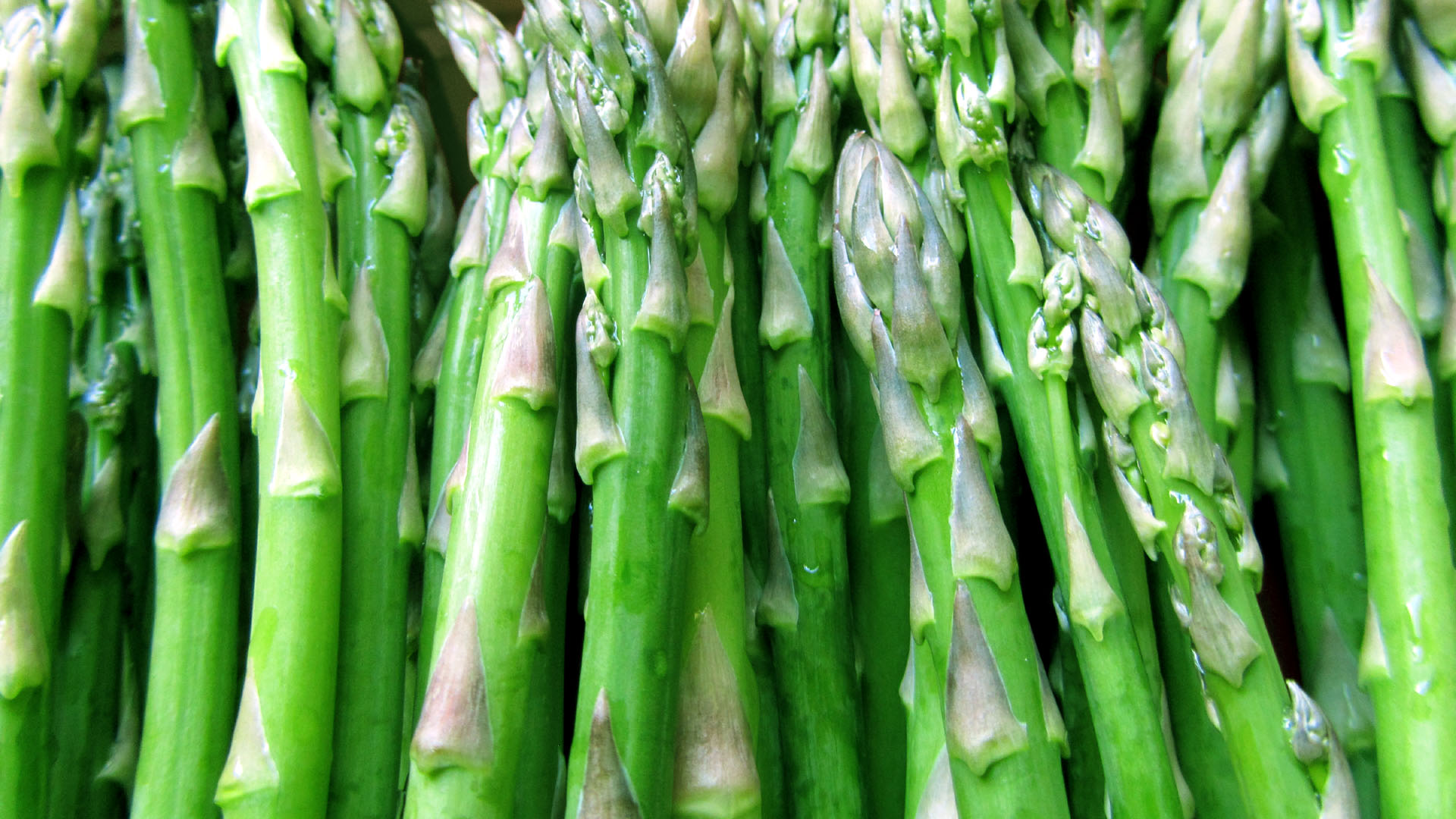
Very good source of protein and healthy nutrients for your iguana. This is healthy feeding for your iguana. Need to wash and cut.
Calcium: Phosphorus – 0.38: 1
Protein – 2.3%
Fat – 0.2%
Water – 92%
Fiber – 2.1%
Banana (Sometimes)
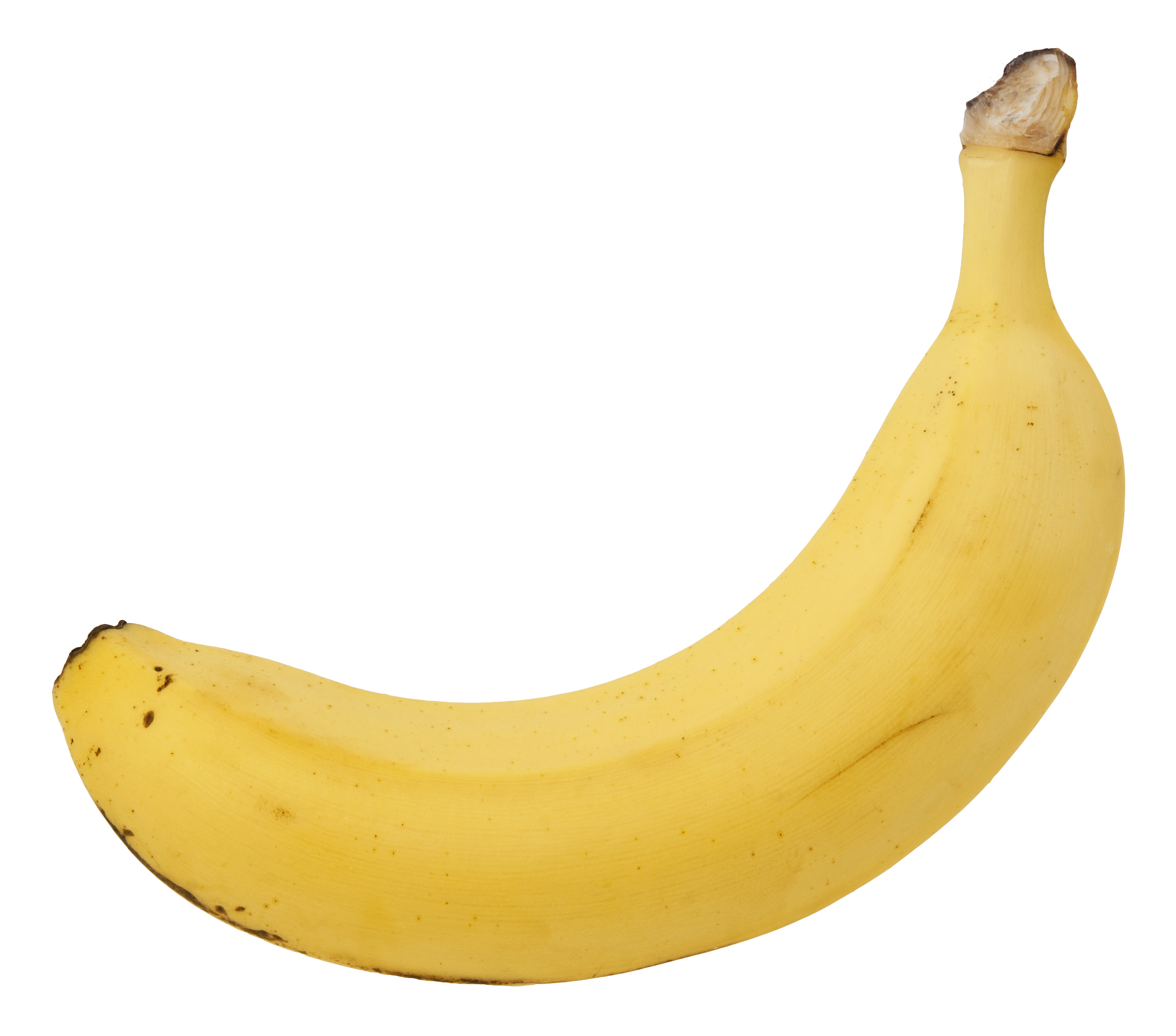
Feed your iguana with banana moderately. Chopped, best served mixed with some vegetables.
Calcium: Phosphorus – 0.3: 1
Protein – 1%
Fat – 0.5%
Water – 75%
Fiber – 2.4%
Capsicum (Color enhancer and flavor)
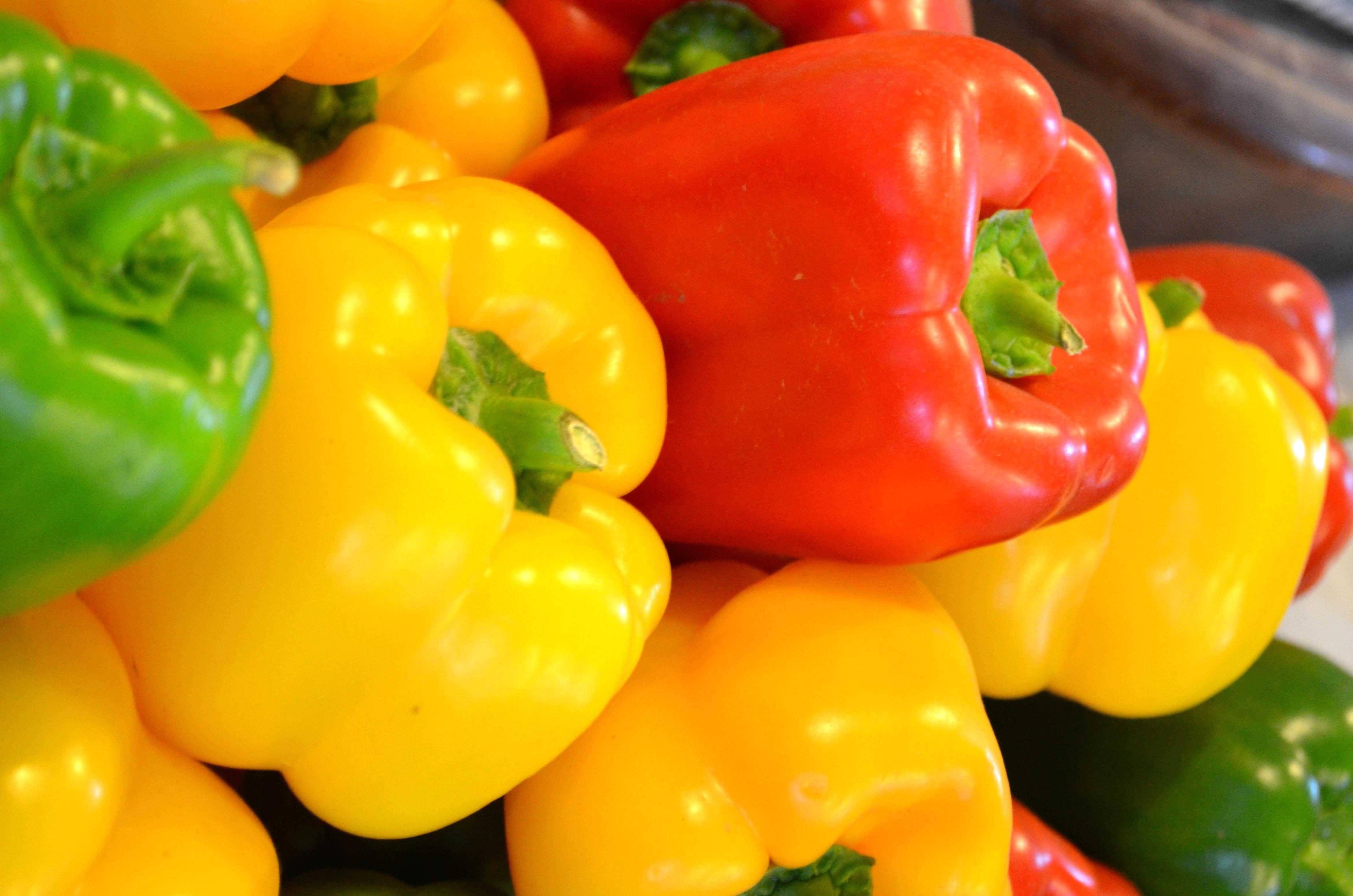
Feeding this to your iguana provides natural flavor to its diet and may enhance its color. Need to wash and cut.
Calcium: Phosphorus – 0.5: 1
Protein – 0.9%
Fat – 0.2%
Water – 92%
Fiber – 2%
Broccoli (Sometimes)
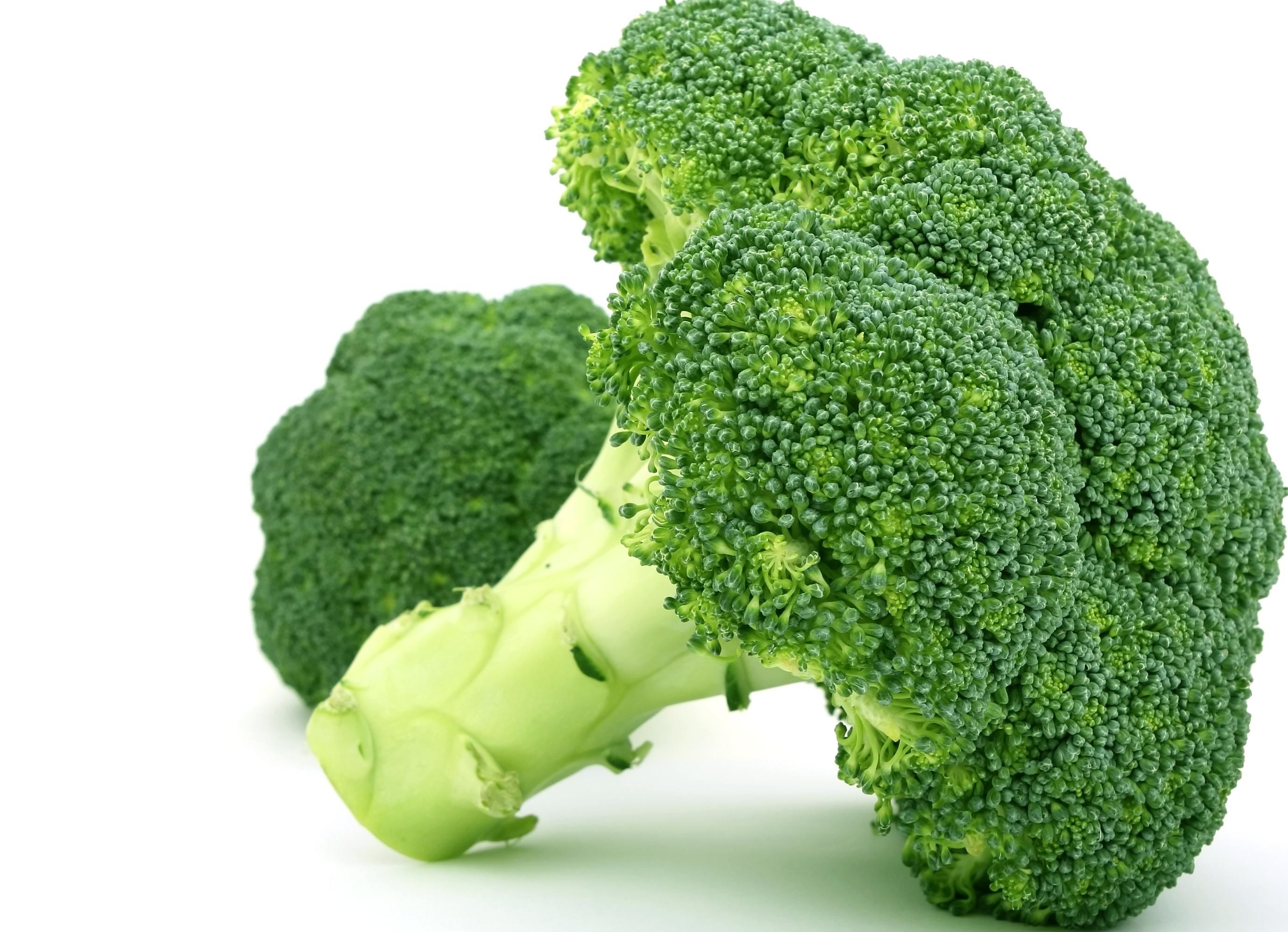
High oxalate and goitrogens. Should only fed in moderation. Small pieces and leaves can also be given.
Calcium: Phosphorus – 0.7: 1
Protein – 3%
Fat – 0.4%
Water – 91%
Fiber – 3%
Cabbage (Sometimes)
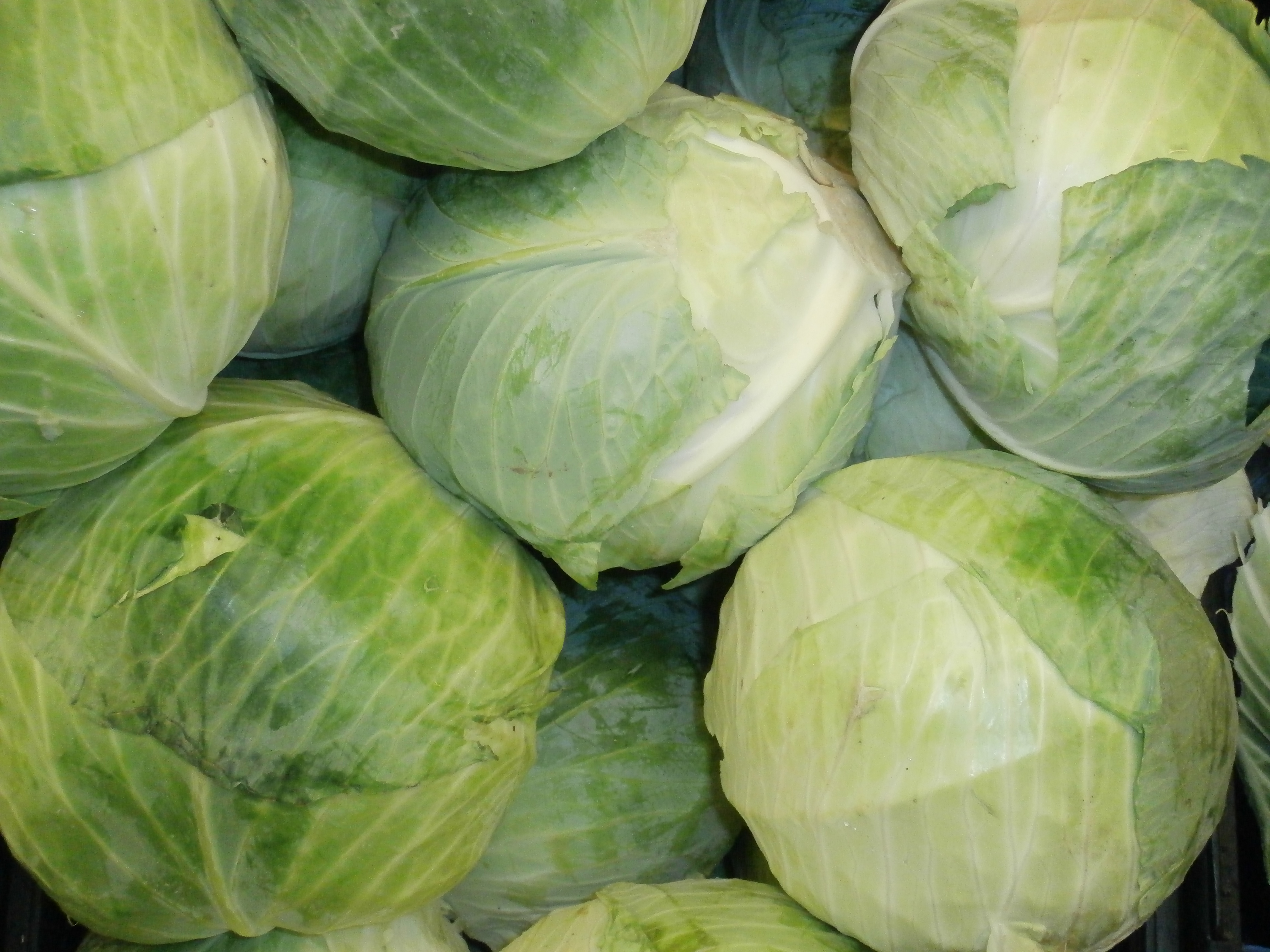
High goitrogens. Feed in small portion to your iguana. Need to be cut.
Calcium: Phosphorus – 2: 1
Protein – 1.5%
Fat – 0.27%
Water – 92%
Fiber – 2.3%
Cactus / Spiked leaves (Basic)
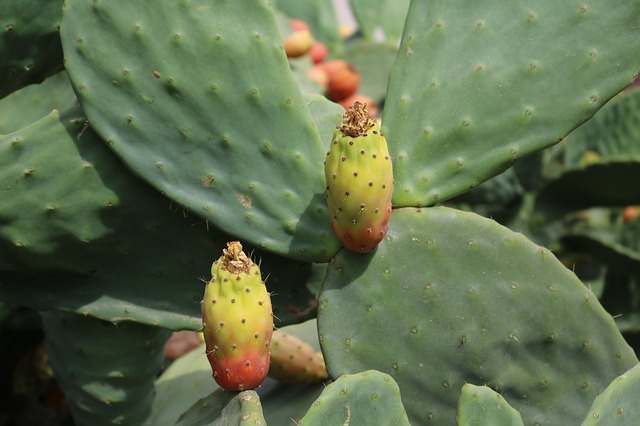
High in calcium and a healthy diet. This is a basic diet that can be feed regularly. Need to cut.
Calcium: Phosphorus – 2.32: 1
Protein – 0.8%
Fat – 0.5%
Carrots (Sometimes)
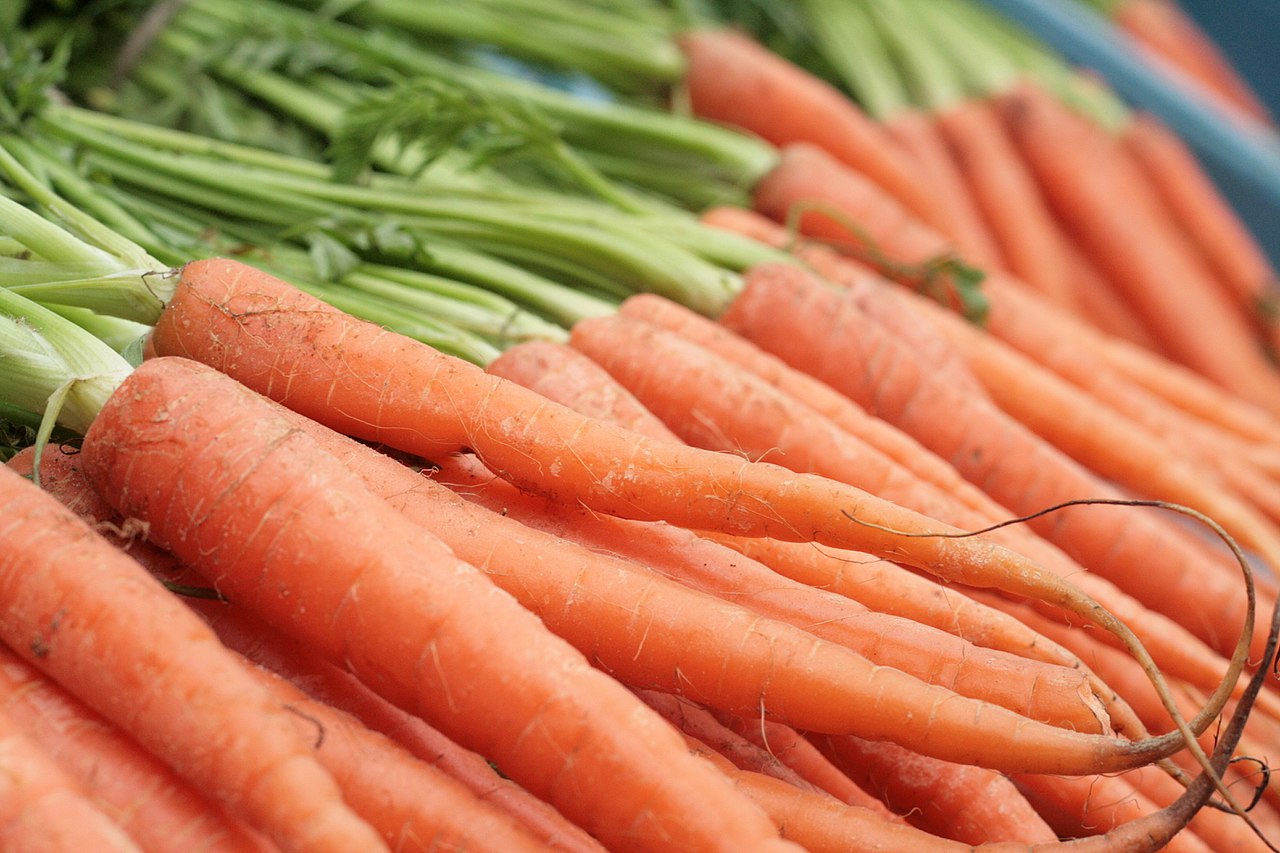
Peeled and cut. Carrots comes with oxalate. Also should be fed in moderate.
Calcium: Phosphorus – 0.6: 1
Protein – 1%
Fat – 0.2%
Water – 88%
Fiber – 3%
Celery (Basic)
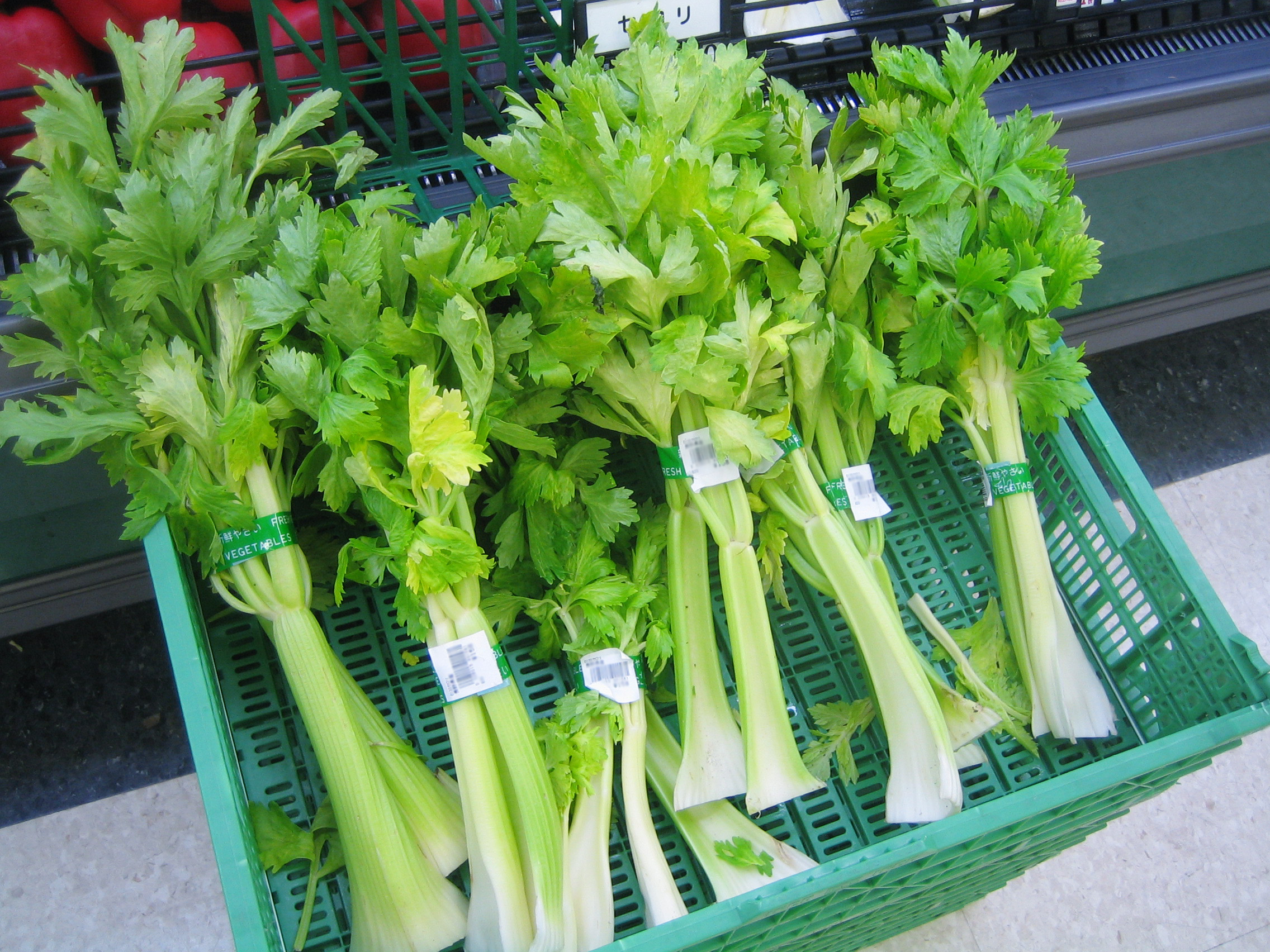
High calcium good as basic diet. Cut/chopped
Calcium: Phosphorus – 1.6: 1
Protein – 0.75%
Fat – 0.14%
Water – 95%
Fiber – 1.7%
Corn (Rarely)
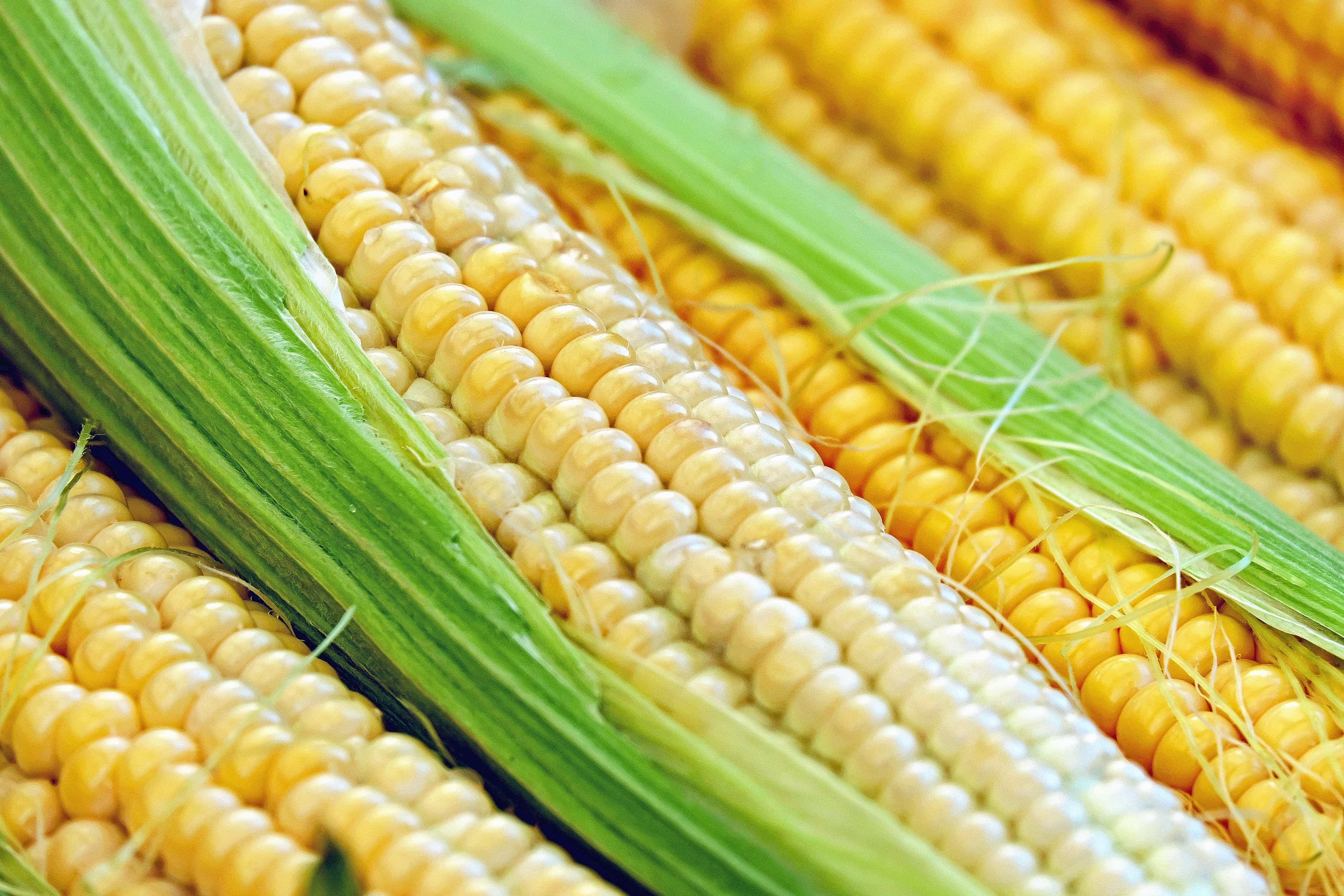
Very low calcium and high phosphorus. Given only when diet is over calcium. Best is cut/chopped before serving to your iguana.
Calcium: Phosphorus – 0.03: 1
Protein – 9.4%
Fat – 4.7%
Water – 10.4%
Cucumber (Sometimes)
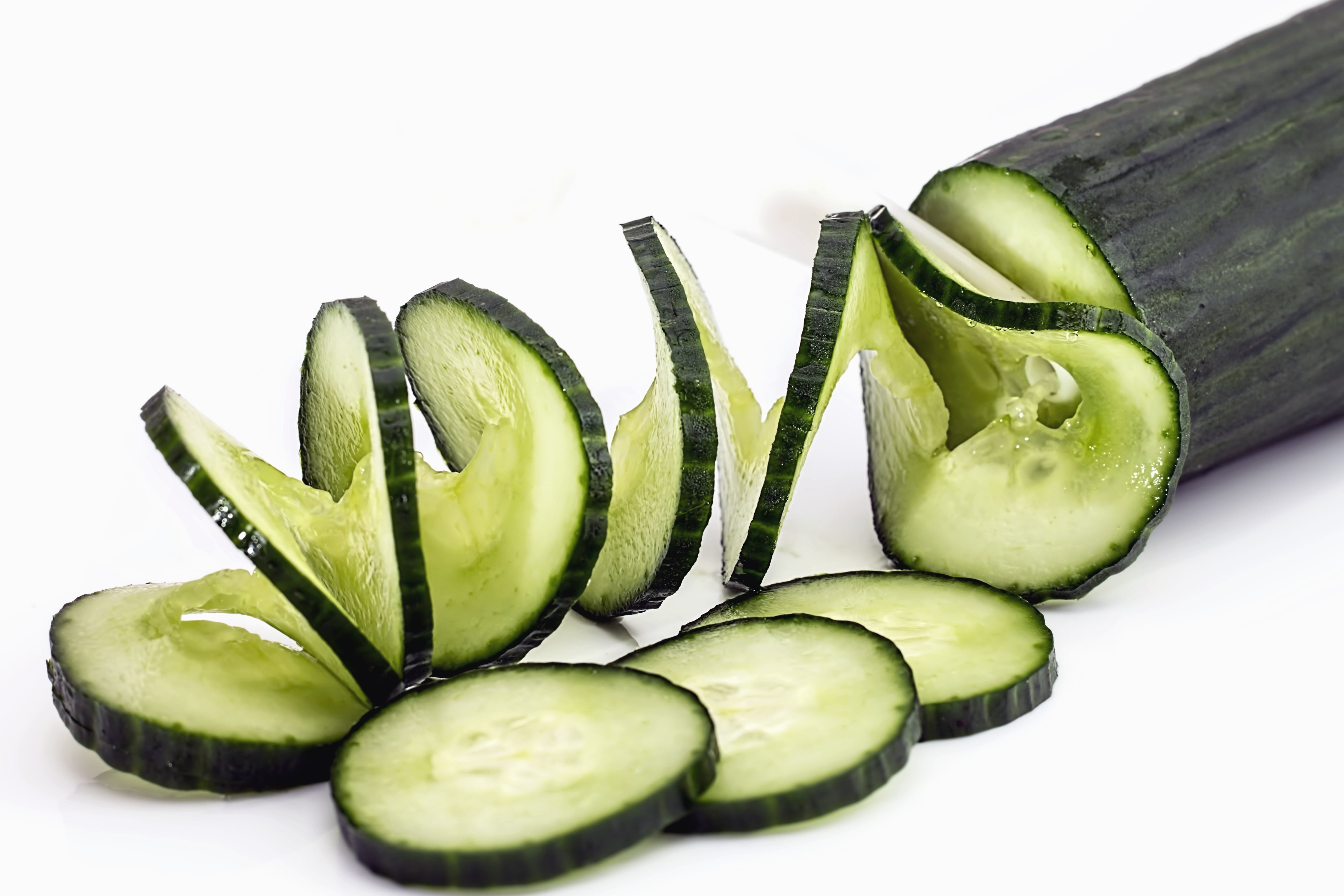
Lack of nutrition but can be fed sometimes for good hydration (water) and flavor for your iguana.
Calcium: Phosphorus – 0.7: 1
Protein – 0.7%
Fat – 0.18
Water – 96%
Fiber – 0.8%
Dahlia (Treat)
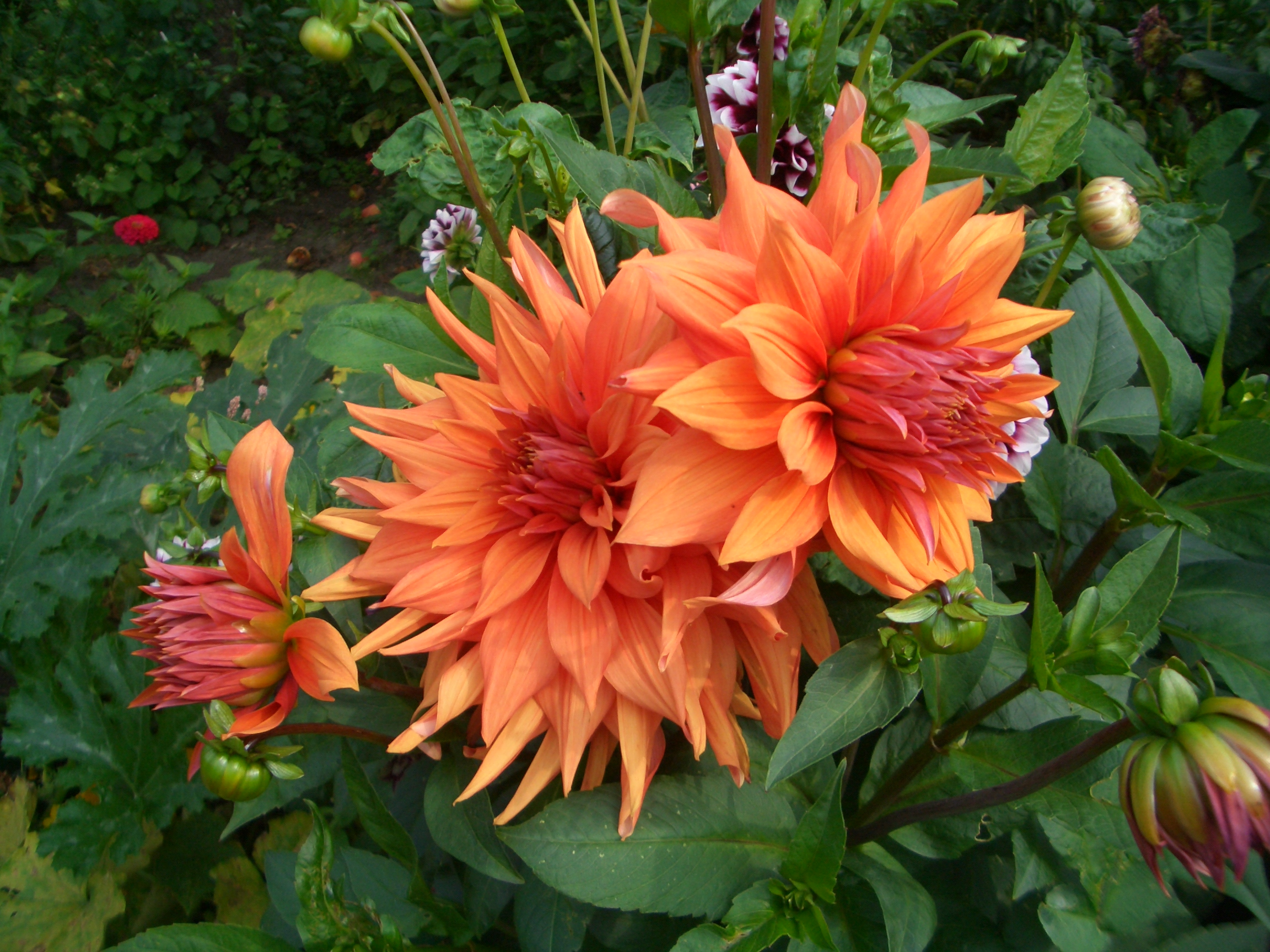
Flowers and leaves can be given but make sure it is not contaminated with insecticides or harmful chemicals.
Grapes (Sometimes / Treat)
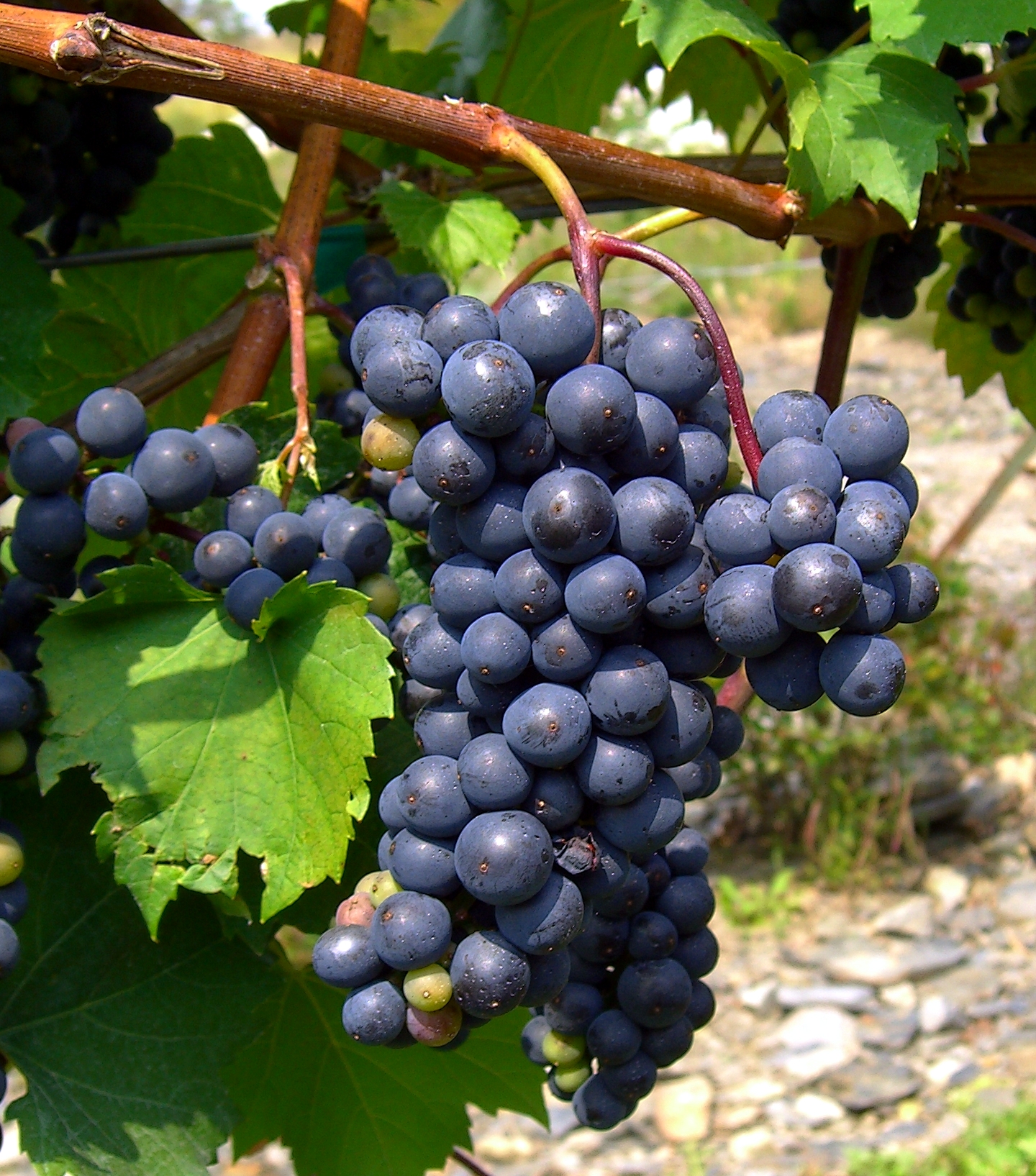
Contains oxalic acid. Must be peeled or cut. Adult iguanas can eat whole grapes. Good as it contains water for hydration.
Calcium: Phosphorus – 0.8: 1
Protein – 0.7%
Fat – 0.6%
Water – 81%
Fiber – 1%
Green bean (Basic)
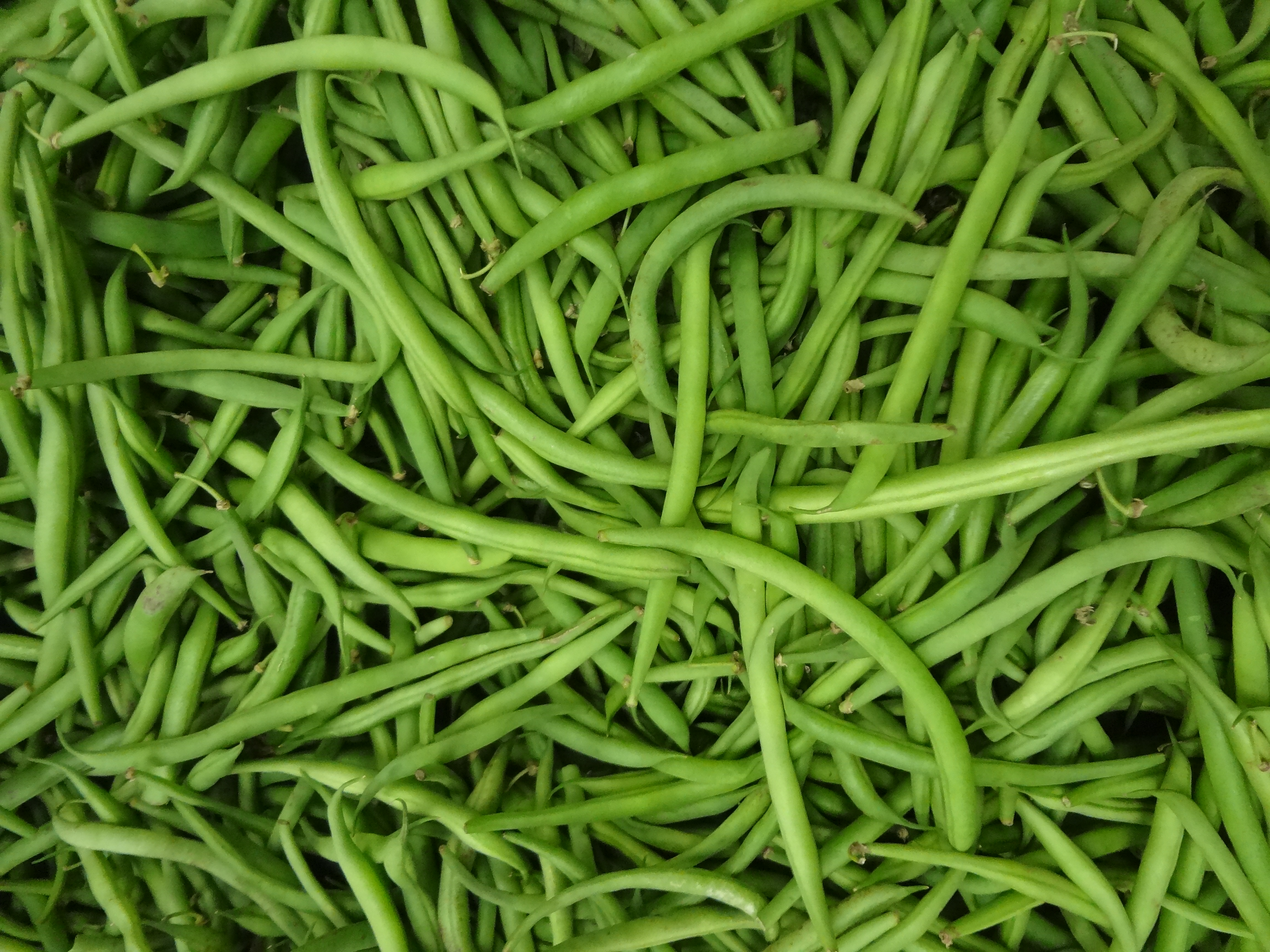
Good and healthy vegetable for daily diet. Need to clean and cut before feeding your iguana.
Calcium: Phosphorus – 1: 1
Protein – 1.8%
Fat – 0.1%
Water – 90%
Fiber – 3.4%
Hibiscus (Treat)
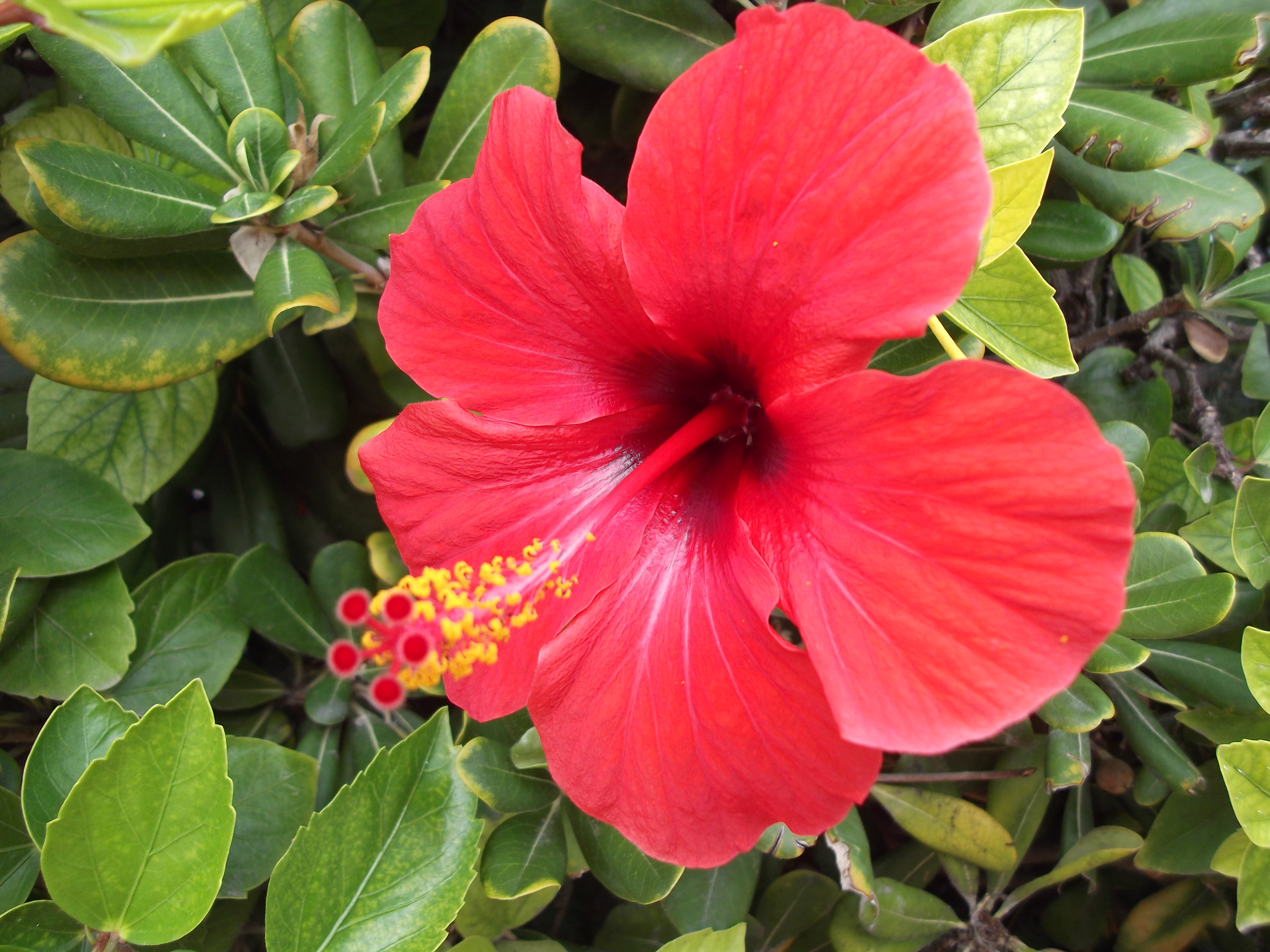
Flowers and leaves can be fed occasionally but make sure it is not contaminated with insecticides or chemicals.
Watermelon (Sometimes)
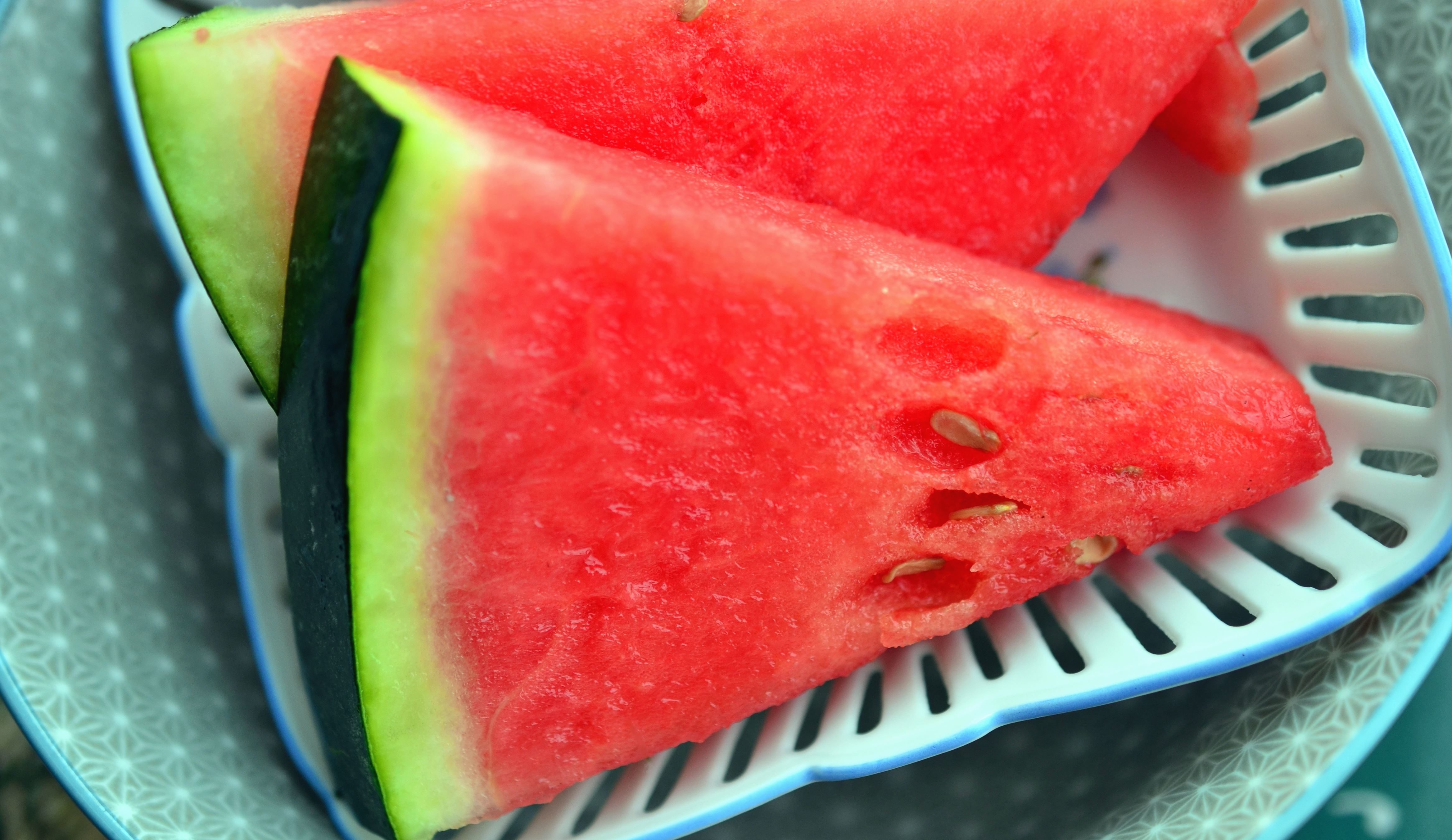
Must be skinned, chopped/cut. High water content so it is a good diet for iguana.
Calcium: Phosphorus – 0.6: 1
Protein – 0.5%
Fat – 0.1%
Water – 90%
Fiber – 0.6%
Salad (Rarely)
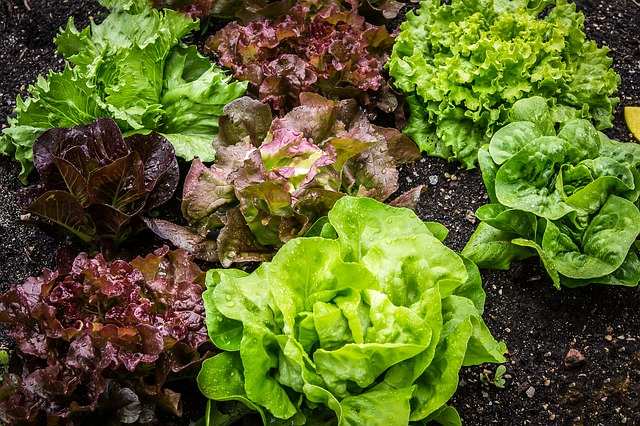
People often think that green salad is a good food for iguana, but actually it has very low overall nutritional value. Still, you can feed once in a while in a small portion. Don’t overfeed.
Mango (Basic)
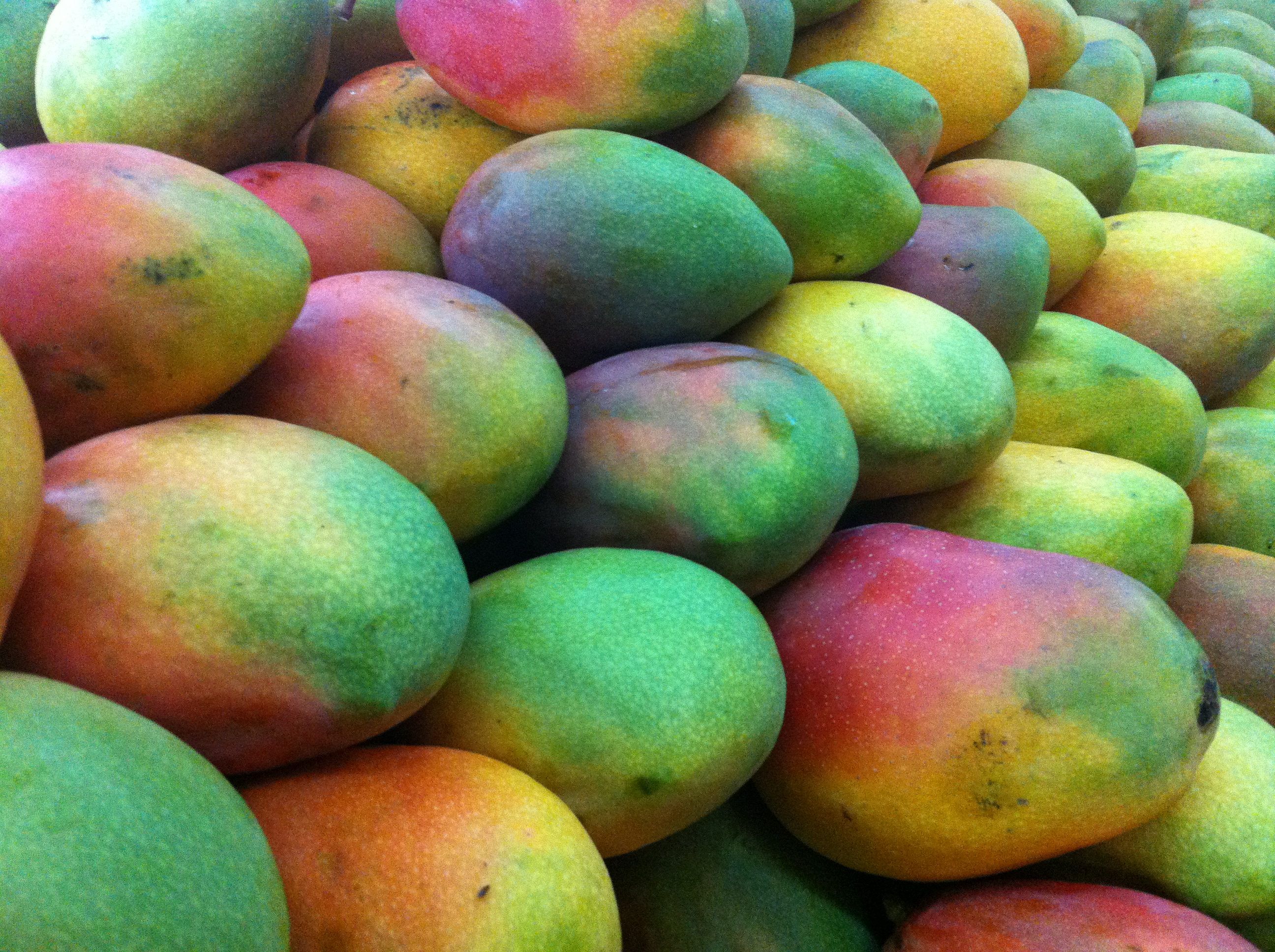
Need to be peeled and cut/chopped. Mango is good combination with other food for your iguana as it contains high fiber and calcium.
Calcium: Phosphorus – 0.9: 1
Protein – 0.5%
Fat – 0.3%
Water – 82%
Fiber – 1.8%
Mushrooms (Sometimes)
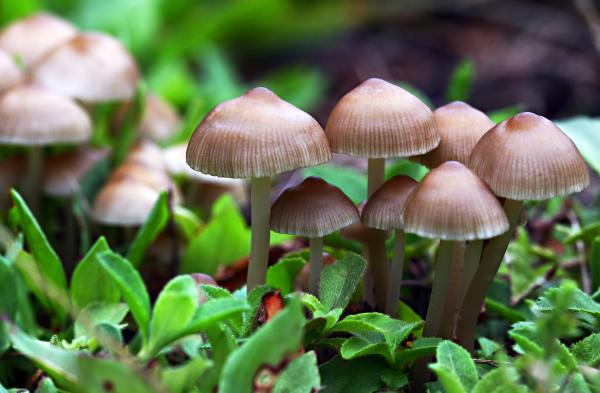
Very high Phosphorus and should only given once in a while. Must be cut.
Calcium: Phosphorus – 0.05: 1
Protein – 2.9%
Fat – 0.3%
Water – 92%
Fiber – 1.2%
Pasta (Sometimes)
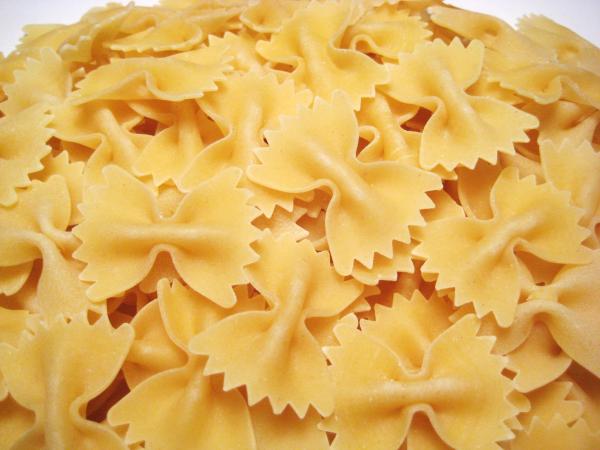
Must be cooked, cooled and cut. Pasta must not have traces of egg.
Calcium: Phosphorus – 0.1: 1
Protein – 5.2%
Fat – 1%
Water- 69%;
Pear (Sometimes)
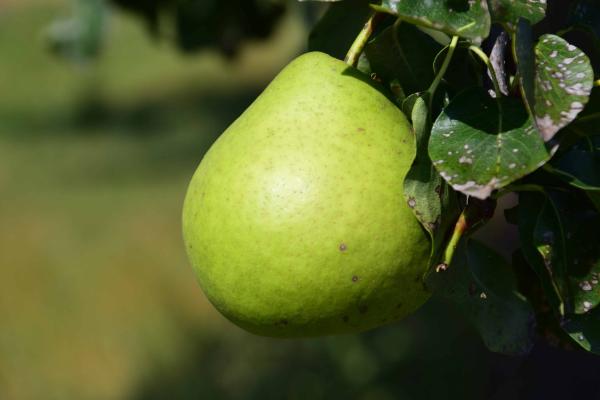
High oxalate, Must be peeled and cut before feeding your iguana.
Calcium: Phosphorus – 1: 1
Protein – 0.4%
Fat – 0.4%
Water – 84%
Fiber – 2.4%
Pumpkin (Sometimes)
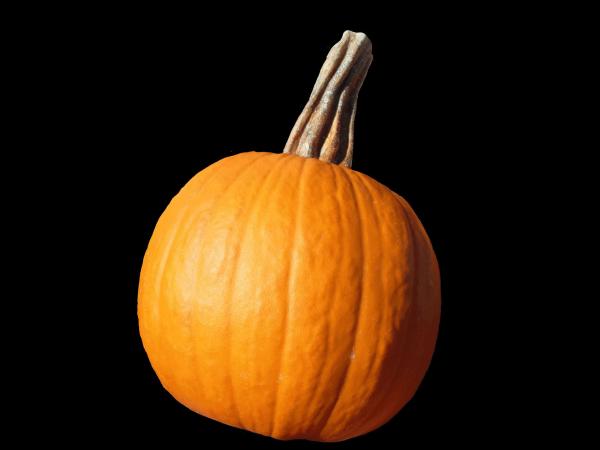
Remove seeds, peeled and cut. Like watermelon, it is a healthy feeding and good for hydration (water).
Calcium: Phosphorus – 0.5: 1
Protein – 1%
Fat – 0.1%
Water – 92%
Fiber – 0.5%
Rice (Sometimes)
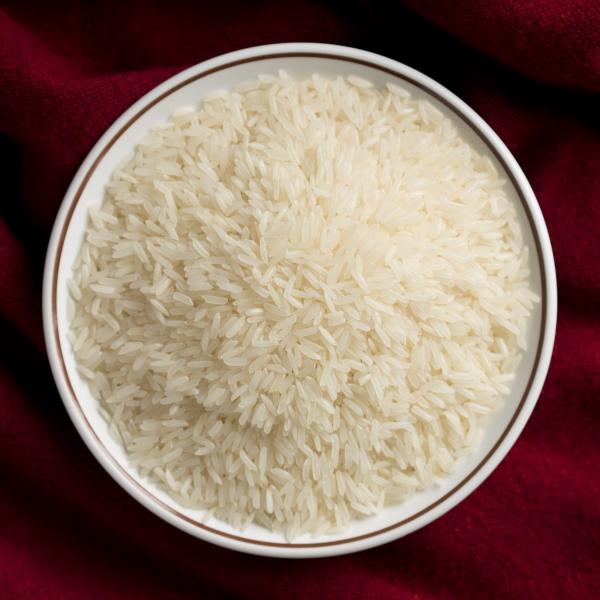
Must be cooked, dried and cooled. Feed occasionally but don’t overfeed.
Calcium: Phosphorus – 0.08: 1
Protein – 2.4%
Fat – 0.2%
Water – 68%
Spinach (Sometimes)
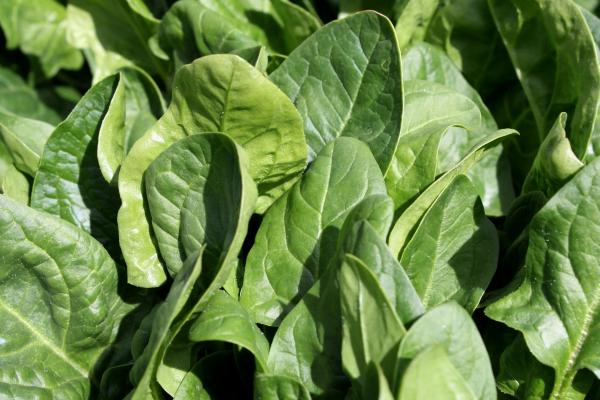
Calcium is high but also very high in oxalate and goitrogens, so feed your iguana with spinach occasionally. Cut/chopped.
Calcium: Phosphorus – 2: 1
Protein – 2.9%
Fat – 0.4%
Water – 92%
Fiber – 2.7%
Strawberry (Sometimes / Treat)
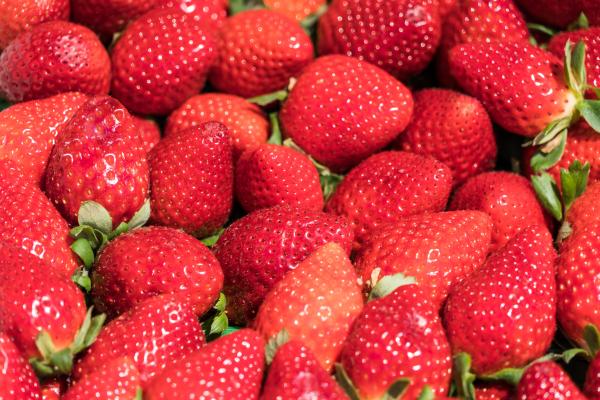
High oxalate and goitrogens. Remove stalk and cut before serving.
Calcium: Phosphorus – 0.7: 1
Protein – 0.6%
Fat – 0.4%
Water – 92%
Fiber – 2.3%
Tomatoes (Color enhancer and flavor)
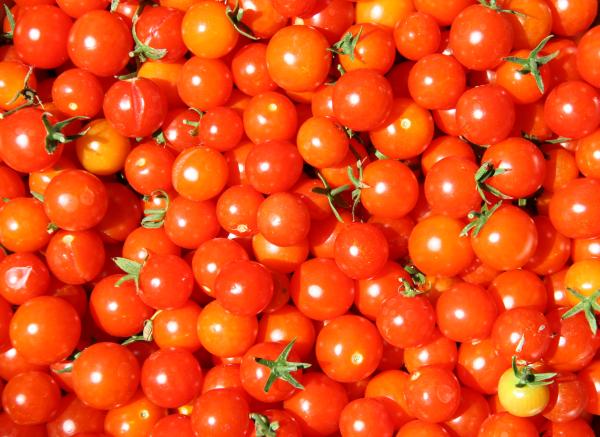
High in oxalate. Must be cut/chopped. It’s acidic, so some iguana may not like it. Feed moderately.
Calcium: Phosphorus – 0.2: 1
Protein – 0.9%
Fat – 0.3%
Water – 94%
Fiber – 1.1%;
Wheat Bread (Treat)
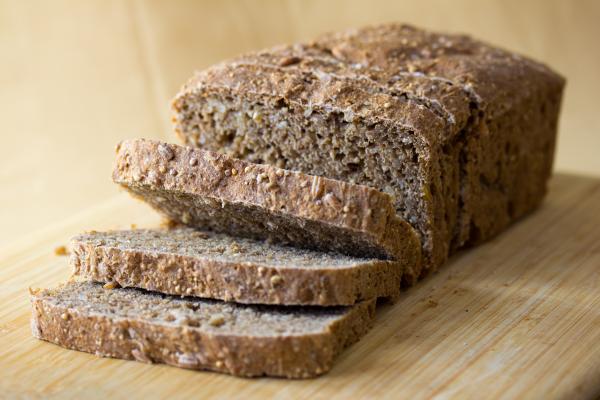
High in phosphorus but good as a ‘treat’ or snacks to feed your iguana sometimes. This is good for digestion and absorption of liquid medicine when you treat them.
Calcium: Phosphorus – 0.3: 1
Protein – 9.7%
Fat – 4.2%
Water – 38%
Fiber – 6.9%


